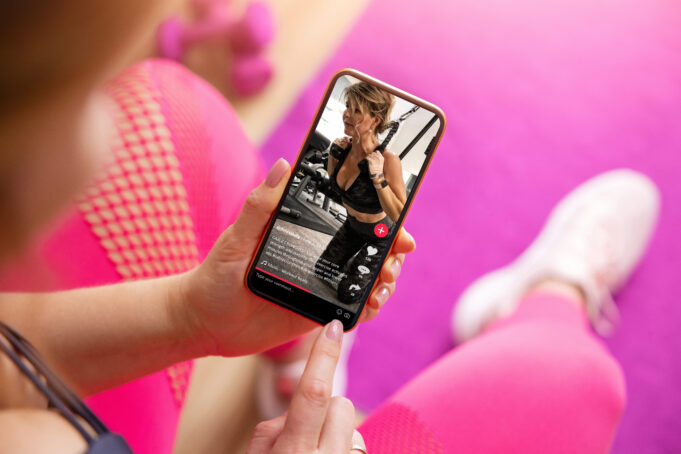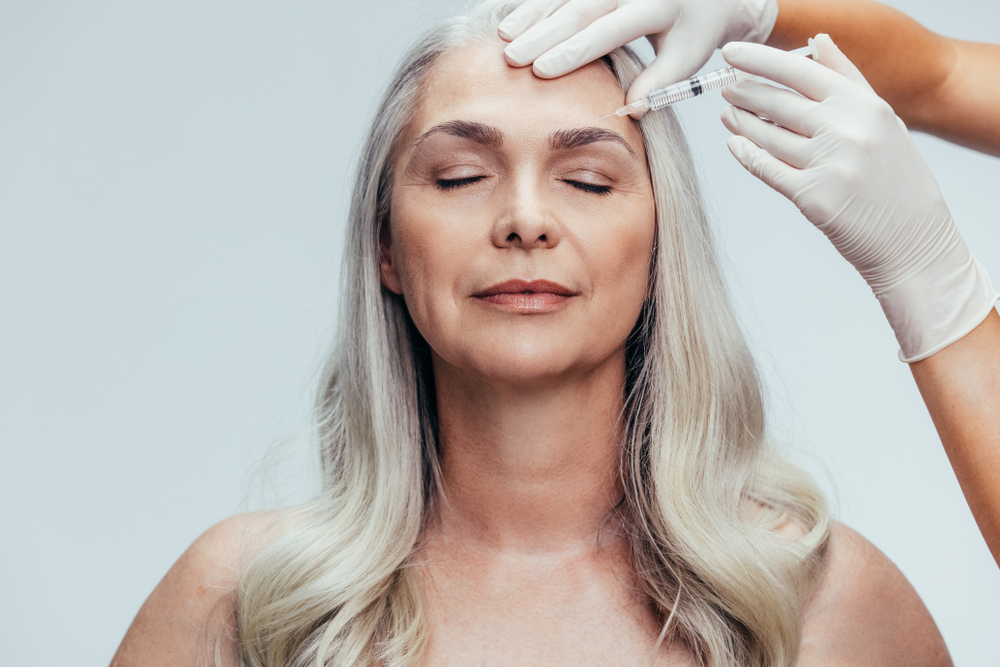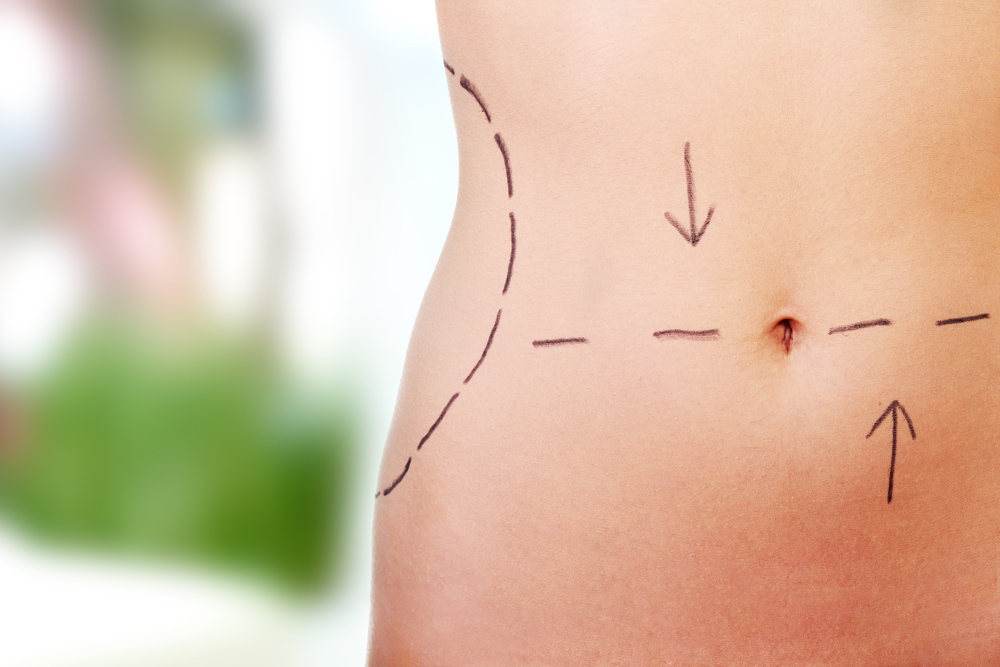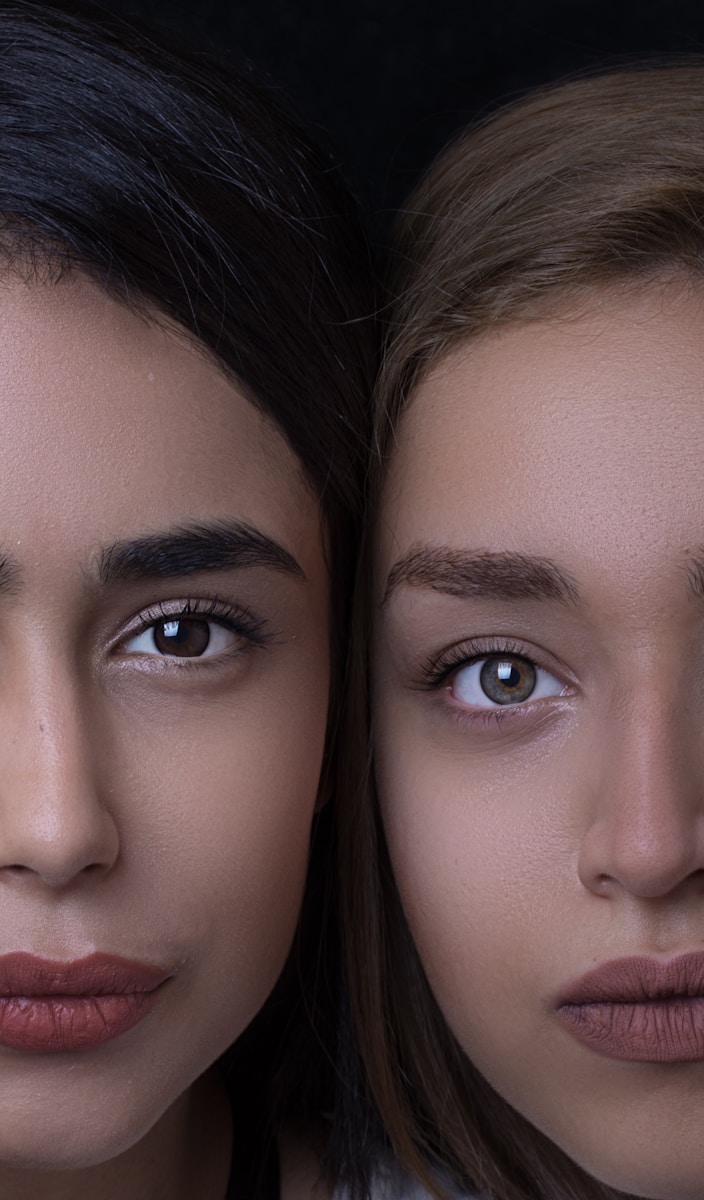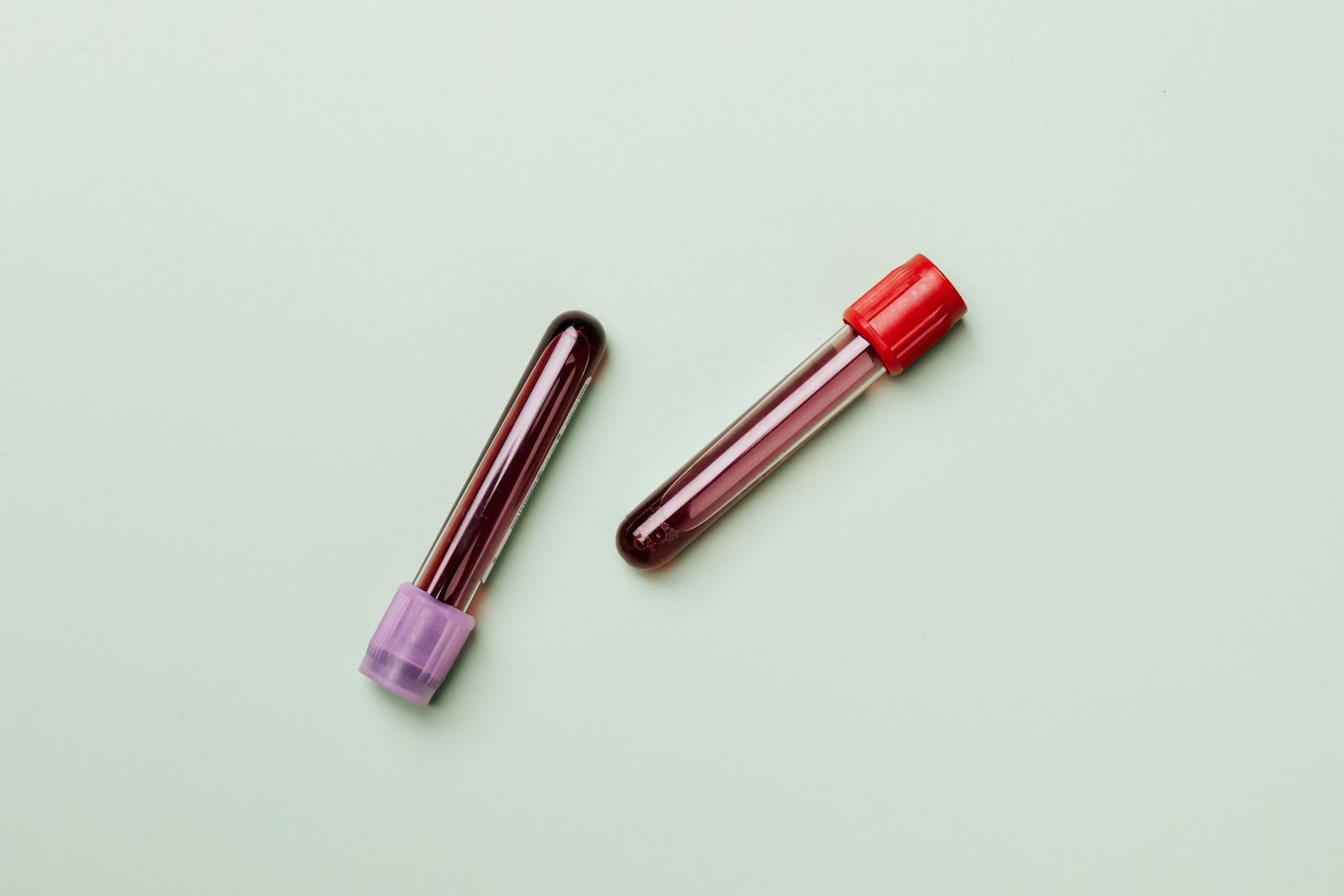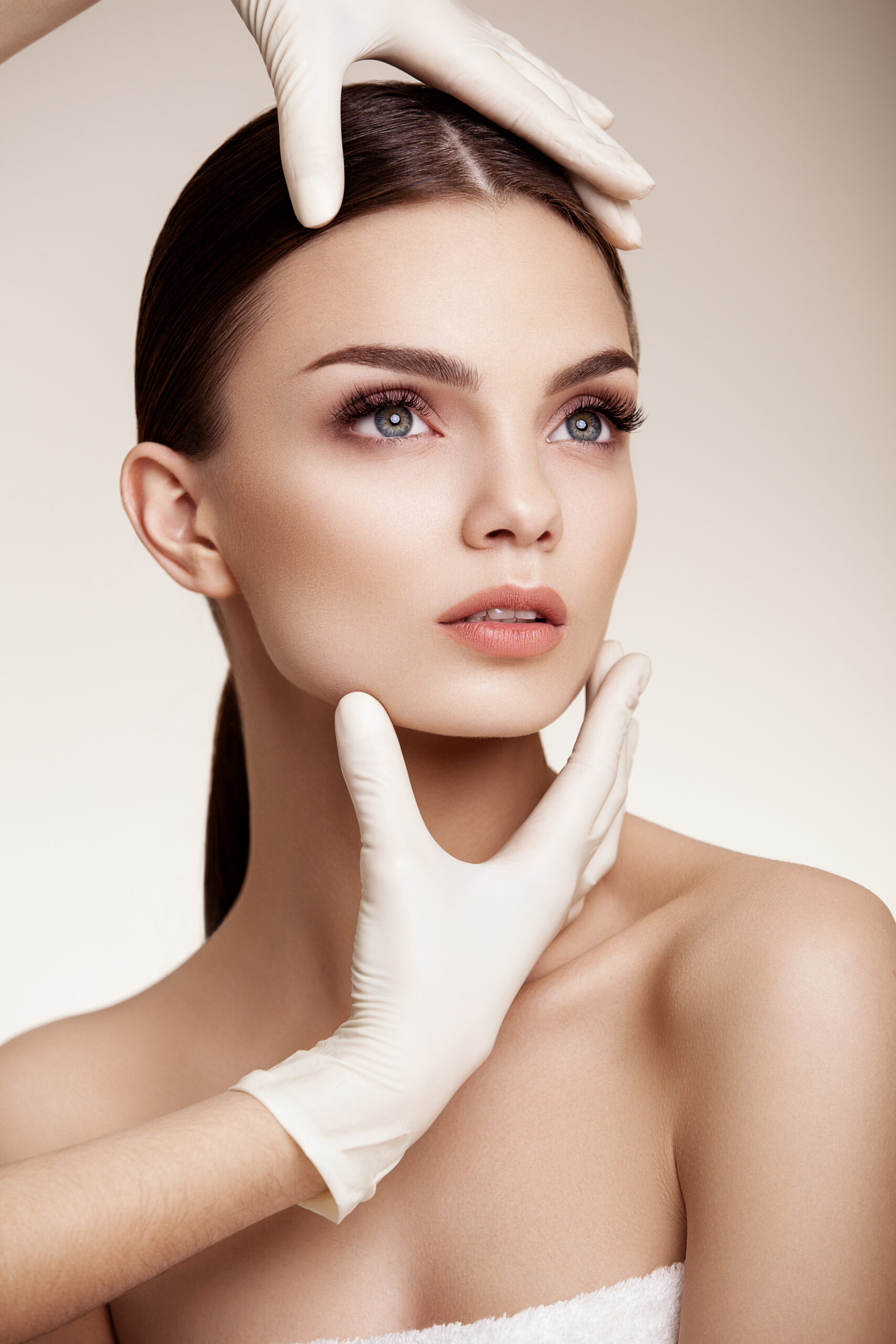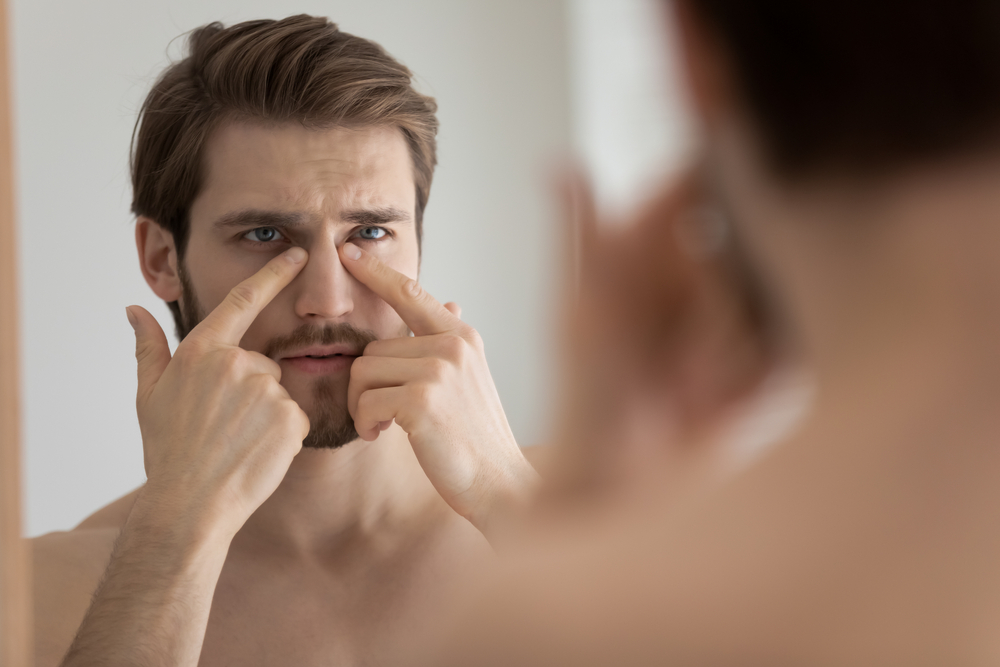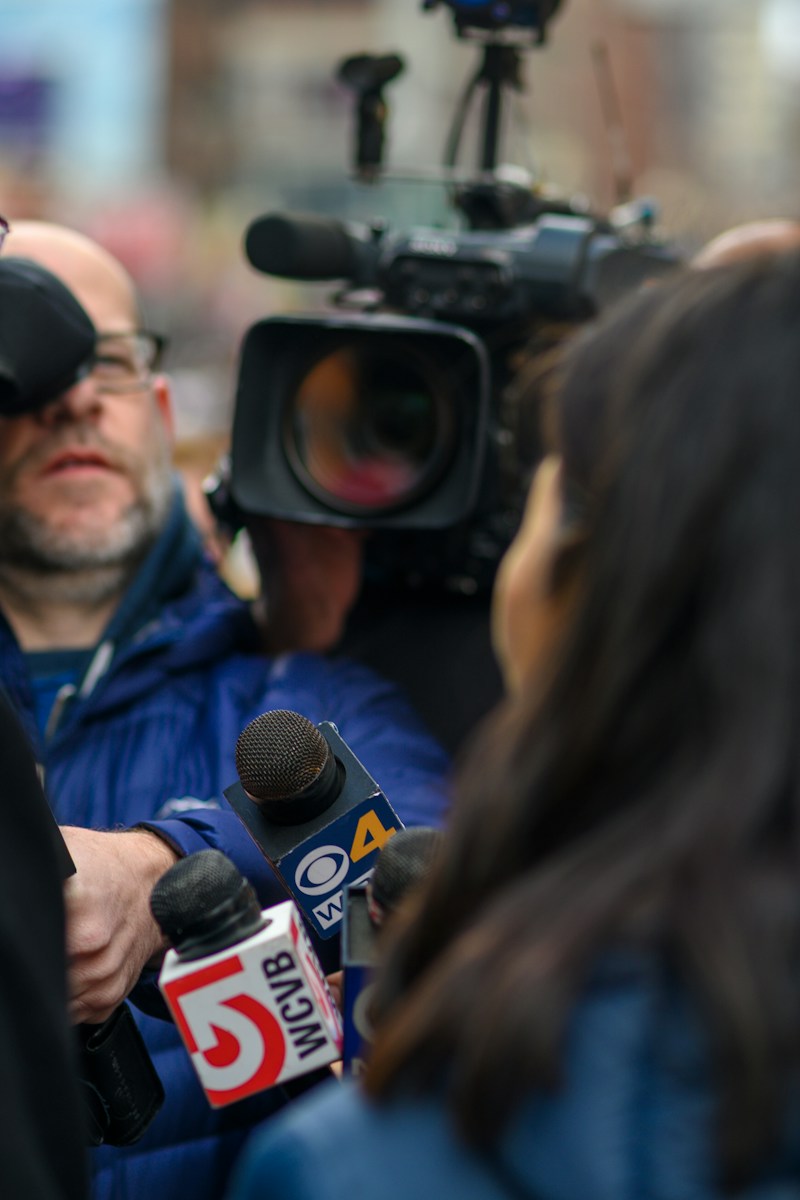TikTok’s reach among young people is staggering – roughly 82% of Gen Z now have TikTok profiles. That makes it a primary shaper of their tastes. This isn’t just idle scrolling; TikTok’s endless stream of beauty content (challenges, tutorials, filters) is setting trends. For many Gen Z and millennial users, what they see on TikTok becomes real-life goals – social media and beauty have become inseparable. In fact, UK industry analysis notes that social platforms “play a huge part” in fueling younger generations’ desire for cosmetic treatments.
TikTok’s filters and viral challenges are particularly powerful. One report notes 2024’s top filters can “smooth out pores, enlarge lips, contour your nose and reshape your jaw”, essentially turning editing tools into instant makeover previews. No surprise then that TikTok trends drive real procedure demand. For example, Dr. Jack Peterson reports the hashtag #BuccalFatRemoval on TikTok has amassed hundreds of millions of views. cheek-slimming surgery suddenly became a household name. Similarly, subtler tweaks are hot: “lip flips” (using Botox to upturn the upper lip) and dermal jawline fillers are surging as users chase filter-style features. Even TikTok contouring hacks make their way to clinics – one viral video suggested using sunscreen to create cheekbone shadows (dermatologists warn this is risky), and patients then ask doctors if they can get the same look permanently.
For clinics and practitioners, the TikTok boom means busier books and new consultation lingo. As a recent report put it, cosmetic consults now often start on TikTok – patients request looks like “snatched jawlines,” “Barbie noses,” or “fox eyes,” frequently showing filter-selfies to their doctors. Aesthetic providers in the UK and beyond confirm more patients arrive citing viral TikTok tips. Clinics are even using TikTok and Instagram to engage clients – social media is now an essential marketing tool But this trend comes with pressure: experts caution that hype can trivialize serious procedures. Social-media-driven ideals may set “unrealistic expectations,” so practitioners emphasize thorough consultations. As one surgeon noted, some patients “are sometimes poorly consented and not properly informed of all the serious risks” when chasing a trending look.
TikTok influencers and beauty filters amplify these pressures. For instance, the TikTok “Bold Glamour” filter is notorious for instantly “chiseling chins, plumping lips and serv[ing] Kardashian-style contours”. These ultra-realistic filters subtly teach users a very narrow ideal. Real-world influencers mirror this: UK TikTok user Abby Morgan (20) went public with her cosmetic journey – lip, jaw and cheek fillers at 17 and a breast augmentation at 18. Morgan warns that filters and editing apps now set “beauty standards so high” that young women constantly wonder, “why don’t I look like that?”. This “beauty filter culture” means many clients come in clutching heavily edited selfies, expecting doctors to recreate an unattainable image. Studies even call it “filter dysmorphia” – comparing oneself to a perfected video can fuel requests for tweakments.
In the end, TikTok isn’t just influencing makeup tutorials – it’s actively reshaping aesthetic goals. Clinics that stay attuned to trends (and speak the same TikTok-savvy language) see more Gen Z and millennial patients in consultations. The key is balance: embrace the conversation by understanding buzzwords like “fox eyes” or “Barbie nose,” but also ground clients with realistic, safe outcomes. By blending trend-awareness with professional guidance, aesthetic practitioners can turn TikTok’s viral energy into informed, personalized treatment plans – helping patients feel great without chasing every online fad.

